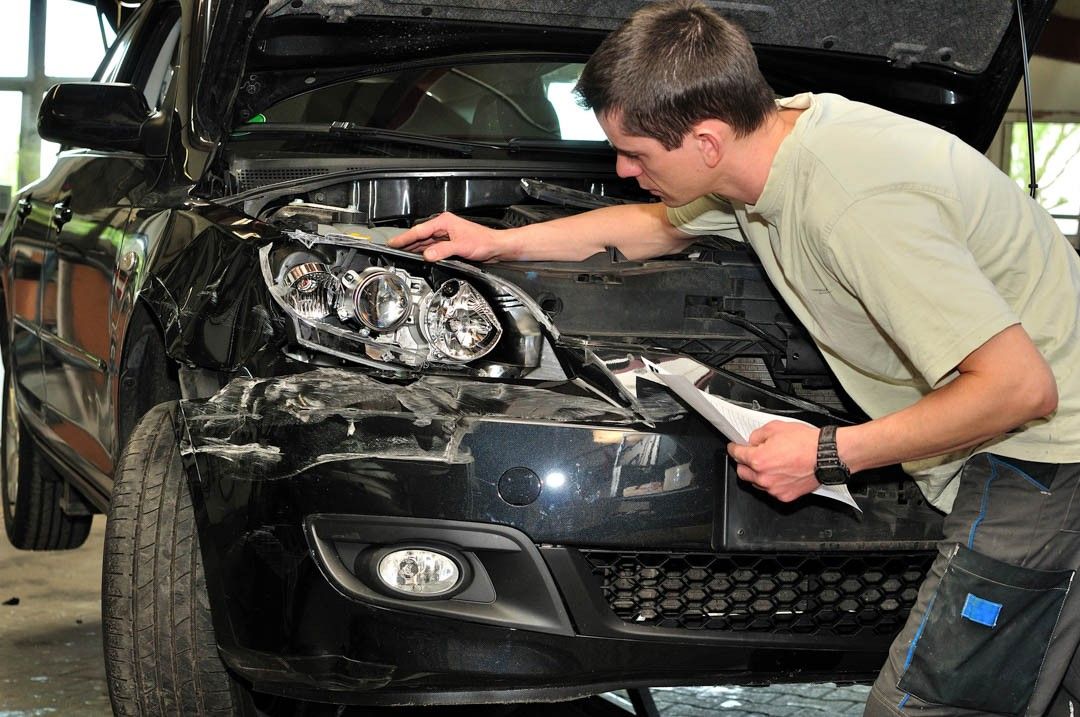Aircraft de-icing is a critical process that helps prevent ice accumulation on key aircraft surfaces and ensures airworthiness during take-off and landing in inclement weather. Let’s take a closer look at this important safety procedure.
The Need for Aircraft De-icing
When temperatures hover around or below freezing levels, moisture in the form of rain or snow can easily freeze on exposed aircraft surfaces like the wings, engine intakes, propellers and fuselage. Even a thin layer of ice can drastically alter the aerodynamics of an aircraft and impair crucial flight functions. Icing increases drag, decreases lift and also poses the risk of ice shedding during take-off and climb-out phases. This can potentially lead to loss of control and stall situations in worst cases. De-icing helps remove all frost, ice or snow accumulation from critical areas to avoid such hazards.
Key Areas Targeted in De-icing
Primary focus during de-icing is on the leading edges of wings, horizontal stabilizers, vertical stabilizers and elevators. Ice detection sensors and cameras help operators verify complete removal from these areas which are prone to ice build-up. Engine inlets, windshields and other components are also attended to ensure clear visibility for pilots and unrestricted air intake for engines. Thorough de-icing is important as even small patches of residual ice can endanger flights.
De-icing Methods and Best Practices
There are two main techniques used for Aircraft De-Icing– fluid-based and infrared heating-based. Fluid-based involves spraying a mix of glycol or autretype IV fluids to melt and dissolve accumulated ice. Infrared heat lamps are then used to accelerate evaporation of residual fluids prior to departure. Heated water spray is also used at some locations. Proper procedures and holdover times must be followed to guarantee protection during the take-off phase. Increased fluid viscosity is used for lower temperatures. New bio-based de-icing fluids are also being tested as more eco-friendly alternatives.
Types of Fluids Used in De-icing
Type I Fluids
Traditionally, ethylene glycol-based fluids were primarily used for de-icing. While effective, they posed eco and health hazards. Today, formulations meeting AMS 1424 Type I specifications largely contain propylene glycol and lesser amount of ethylene glycol or other approved chemicals. They lower the water freezing point and assist ice melting and residual fluid evaporation.
Type II Fluids
Known as aqueous anti-icing or de-icing/anti-icing fluids, Type II fluids allow formation of a thin durable bond with aircraft surfaces that protects against re-formation of ice crystals or frost. They shield critical areas for a given holdover time during taxi and initial phases of flight helping prevent re-contamination.
Type IV Fluids
More effective fluids, Type IV products approved by AMS 1428 standards are mixtures of organic material and other additives designed to quickly melt ice while improving holdover protection. These cause lesser wear to aircraft components and offer better performance at lower temperatures compared to older Type I and II varieties.
De-icing Application and Holdover Times
Ensuring Proper Coverage
De-icing operators ensure thorough spraying coverage specified for different aircraft types and locations. Critical wing and tail areas receive multiple intersecting sprays from multiple angles to eliminate any chances of missed spots. Post-spray inspections verify surfaces are ice-free before departure clearance is given.
Following Holdover Times
Maximum time a treated aircraft can stay on the ground before take-off without re-contamination is known as the holdover time. It varies with weather conditions, de-icing fluid type used and outside air temperature. Strict adherence to holdover times listed in operator manuals and training programs prevents reformation of ice and gives pilots necessary safety buffer.
Extending Holdover Protection
Some airports incorporate de-icing/anti-icing pads that use infrared heating coils in the taxiway surface to help maintain treated aircraft surfaces above freezing levels and allow longer holding without needing re-treatment. New fluid formulations too aim to provide prolonged protective windows in extremely harsh winter climates.
Ensuring a Safe Winter Operation
Well-trained Crews
Airline ground handling and de-icing teams receive recurrent classroom and hands-on training every season to understand procedures, observe precautions, read weather/CRM principles and promptly respond to changing runway conditions.
Real-time Weather Updates
Continuous weather monitoring tools help de-icing managers dynamically tweak fluid types and holdover times based on live precipitation, visibility and temperature readings to guarantee safety standards as per current meteorological factors.
Rigorous Documentation
Various forms record weather observations, types and details of fluids sprayed, pre/post de-icing inspection results, holdover commencement/expiry times and pilot briefings to aid traceability and compliance verification in case of incidents.
Periodic System Audits
Airlines and airports conduct scheduled and surprise inspections and equipment/crew audits during winter operations to identify shortcomings, strengthen documentation and standardize best practices across fleets and stations for a seamless preparedness against freezing weather events.
With advancing fluid formulations and anti-icing equipment, along with robust training and compliance practices, aircraft de-icing has come a long way from a basic ground procedure to a well-optimized safety solution. It plays a pivotal role in facilitating uninterrupted air travel through challenging winter seasons. Continuous research and upgrades to existing technologies will further augment this important aspect of aviation performance and reliability.
Note:
1. Source: Coherent Market Insights, Public sources, Desk research
2. We have leveraged AI tools to mine information and compile it


